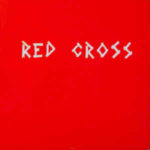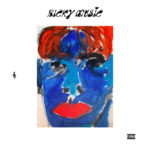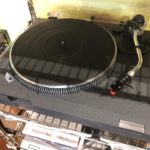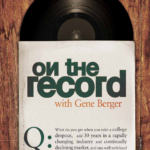What can be written that has not already been said about the great scholar, performing and recording artist, master of early and Baroque music, bowed instruments, and leader of several ensembles, Jordi Savall? Most of Savall’s recent recordings have been extravaganzas that feature large ensembles, but here is a rare opportunity to hear one of the outstanding musicians of our time in a nearly-solo performance upon three different instruments, as he returns to one of his favorite sources, the Cantigas de Santa Maria, a collection of medieval songs of great variety that is extant in four intact manuscripts, songs that honor Mary mother of Jesus. Savall has mined this trove for gems several times: for a 1980 LP and 1993 CD solely of CDSM, for a 1996 CD “El Canto de la Sibila II”, and for the 2006 CD “Orient-Occident 1200-1700”: these all feature the heart-breakingly gorgeous voice of his late wife Montserrat Figueras. Because the CDSM are sung poems, in instrumental versions they must be rescued from the monotony of repeated melody by different instrumental arrangements: in solo performance, Savall holds interest by variations in rhythm, ornament, color and timbre. The CDSM are skillfully arranged here singly and in suites with 14 traditional melodies from Galicia, the region of northwest Iberia that holds the famous pilgrimage site of Sant’Iago de Compostela. The music of this remote ocean-hugging landscape is noted for its Celtic nature.
Ably accompanied by long-time collaborator, percussionist Pedro Estevan, also David Mayoral. Savall has no need of a rhythm-keeper, and Estevan’s function is to support, emphasise and punctuate some of the highly-complex and unusual rhythmic sequences found in the material chosen for this CD, which he does with his usual subtle grace. Of particular note is one of the instruments utilised by Savall, an antique rabab, a parchment-faced plucked lute still found in eastern Persia, present-day Afghanistan, and parts of Kashmir and northern India, which Savall converted to a 4-stringed bowed instrument. It is featured on the front cover of the package. It is meant to represent a medieval instrument, and to my knowledge, his conversion is the only example out there of this instrument played with a bow. This unique innovation produces a sophisticated and colorful timbre. The recording is, by the way, flawless, and does justice to the performances, and will satisfy the most discriminating audiophile. Final word? The performances are skillful and moving, and cover a wide range of moods from somber and understated to lively. You will enjoy this singular recording whether you are already familiar with the enormous output of Jordi Savall, or as an excellent introduction to this master and to the Cantigas and folk-songs of Galicia. – Daniel O’Donnell
JORDI SAVALL – La Lira D’ Esperia II: Galacia, on CD











































